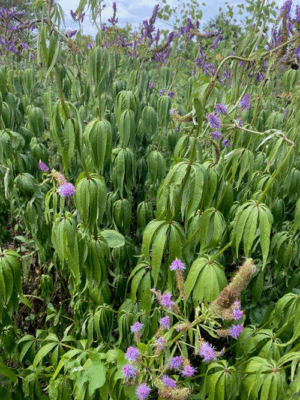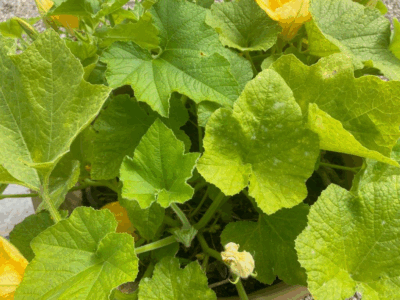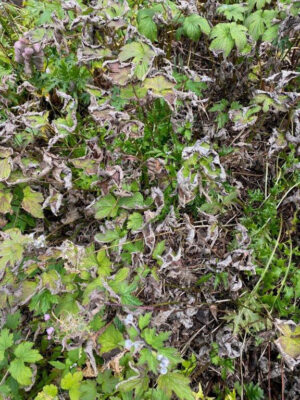To get the most from your garden you need to learn to read the signs, signals and symptoms of your plants, soil and plot, says Jean Vernon
Gardening is more than a hobby. It’s a deep connection with nature and an interest well-rooted in our psyche. When we tune into our plants and garden, caring for it becomes more intuitive and we start to notice the little things and become aware of the stress signals that our plants give out.
In the heat of the summer garden plants can become stressed, but it’s not always just due to the heat. A daily walk through the garden gives you a sense of the health of your plants. Look for signs that your plants need extra tender loving care and take action. That way you can alleviate some problems and ensure your plants are quickly restored to full health. By being observant and learning how to read your plants you can extend the season of interest in your garden and keep your garden plants in better health. If you are still learning, don’t be despondent, you will be better prepared next year to ensure that your plants perform to their full potential.
Look out for the following symptoms and learn how to deal with them.
Wilting plants

Visually check your plants for wilting foliage. Sometimes they may wilt during the day and then recover in the evening. Even so they are telling you that they are dry at the roots and need some water. But they will also stop making nectar to attract pollinators which means a wilting plant is not just a warning for the health of your plants but also a heads-up of an emergency for your garden pollinators too. You need to find a way to soak the ground around your plants. And make a note to mulch thoroughly in autumn. It’s so important to only apply a mulch to super wet soil after a heavy rainfall, otherwise you actually prevent the water reaching the soil beneath. If you have a waterbutt and can connect a leaky pipe to the outlet you can surround the plant with the leaky pipe and drain the rainwater out of the tank and into the soil around your plants. Do this is the evening to reduce evaporation at the soil surface.
Seed heads
The main ‘objective’ of most of our garden plants is to make seed. But as soon as the seed starts to form it sends a message to the plant that slows the production of flowers. The plant then diverts its energy into developing the seed or fruit. So, to keep plants flowering you need to dead head them before they set seed, unless you want the pods, fruit or nuts for your meals. Look out for developing seeds and pods on your container plants, beds and borders. Then assess whether to leave the seed heads for the seed eating birds, or to remove them to keep the plants flowering.
Yellow/chlorotic foliage

Unless your plants are chosen for their golden foliage, yellow leaves are a sign of stress and often indicate nutrient deficiency and or hungry plants. This is far more likely to occur with plants growing in pots and containers where they are dependent on the nutrients in the soil or compost in the planter. A fast-food resolution is the best action, simply apply a liquid plant food to the leaves (apply in the evening and out of full sun). This is classed as a foliar feed and is the fastest way for nutrients to be taken into the plant. It’s also a good idea to use a liquid feed when watering for the next few weeks so that your plants can recover.
Mildew
Can you see white patches on your plant leaves where there shouldn’t be white patches. At this time of year some plants start to show the signs of stress, especially after a spell of hot weather. The white is actually mildew, a fungal infection that often indicates stressed plants. You might see it in the veg garden on your courgette, pumpkin and squash leaves. Often the leaves will go yellow too. Your plants need feeding and good long soak of water to help them revive. It’s a good idea to cut off the affected leaves to reduce the spores from spreading. Personally, I would not apply a fungicide as I don’t want my plants dressed with toxins. Make a note to improve the soil where your plants are growing in the autumn and winter and remember to feed and water regularly through the growing season.
Scorched foliage

This can occur outside in the garden as well as in the greenhouse. Young leaves are more susceptible to intense sunshine than older, tougher foliage. Move containers of plants into the shade to protect them. You can shade your plants with old umbrellas or a shade net, but those growing in the borders are more difficult to protect. It’s not a good time to be moving plants, but it’s a good idea to note those that have suffered badly in this summer’s heatwaves and plan to move them to a less exposed border in the autumn. For now, any scorched foliage is actually protecting the foliage beneath. When the risk of heat has passed, you can gently trim off any affected leaves to tidy up your plants.










